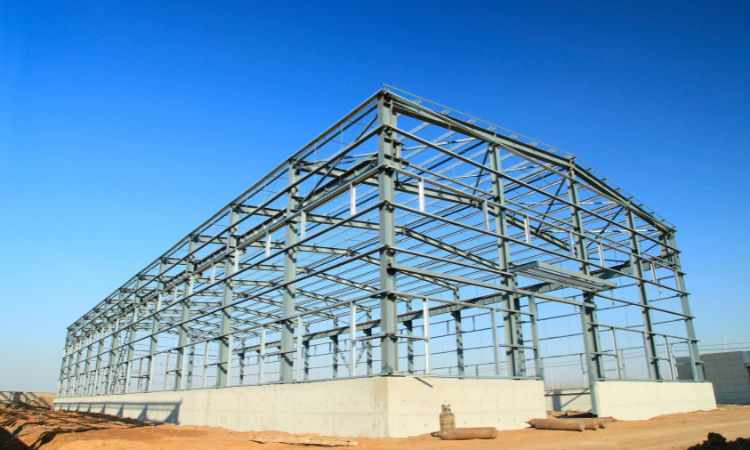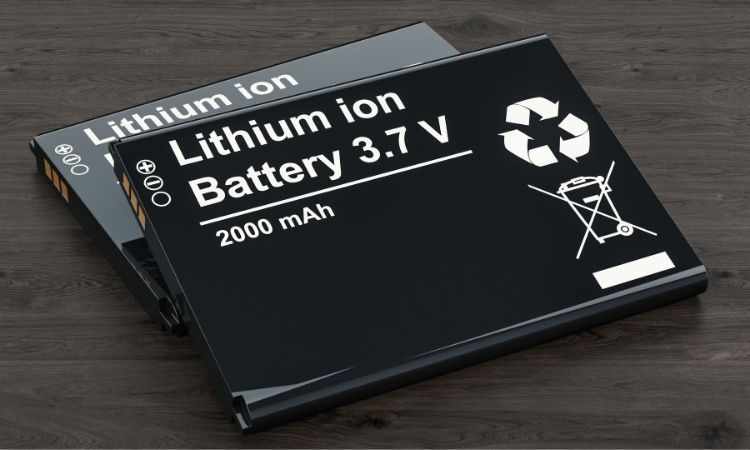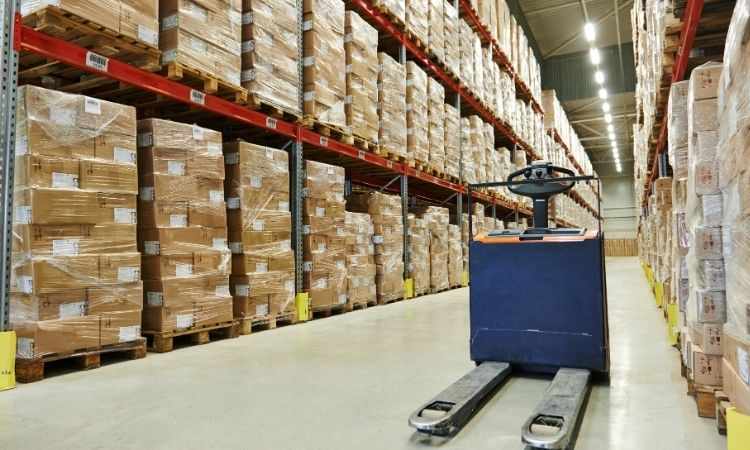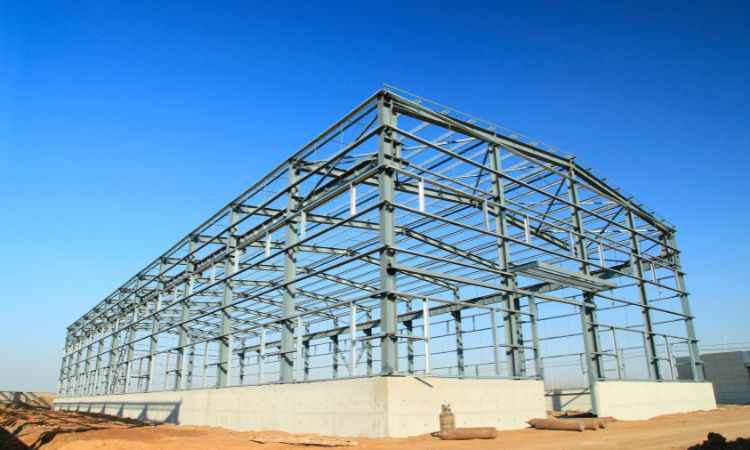
Saudi Arabia's structural steel market has long been an integral part of the nation’s infrastructure development. With an expanding economy driven by large-scale projects across residential, commercial, and industrial sectors, structural steel continues to play a crucial role in shaping the country’s future. The Saudi Arabian structural steel market size is projected to grow at a compound annual growth rate (CAGR) of 4.90% between 2025 and 2034. This growth is fueled by the increasing demand for durable, cost-effective, and sustainable construction materials, and the government’s ambitious Vision 2030, which focuses on diversification, infrastructure development, and urbanization.
In this blog post, we’ll dive into the key market trends, segmentation, regional insights, and competitive landscape of Saudi Arabia’s structural steel industry, while analyzing what’s driving growth in the coming decade.
Market Segmentation by Product Type
Structural steel is available in various forms, each designed for specific applications, and understanding the different product types is essential to comprehend the market’s diverse demand.
H-Type Beam
H-type beams, or wide flange beams, are one of the most commonly used types of structural steel. They are favored in applications requiring high load-bearing capacity, such as in high-rise buildings, bridges, and heavy industrial structures. The versatility of H-beams, which offer superior load distribution and support, makes them ideal for both residential and commercial buildings. Their role in the construction of major projects like office towers and industrial plants will continue to boost their demand over the next decade.
I-Type Beam
I-type beams, also known as I-beams, are similar to H-beams but have a thinner web section and wider flanges. They are ideal for projects where load-bearing and cost-efficiency are paramount. I-beams are typically used in the construction of residential homes, commercial buildings, and low-rise buildings. Their affordability, high strength-to-weight ratio, and ease of fabrication make them a preferred choice for smaller-scale construction projects.
Columns
Steel columns are an essential component in any structural system, as they provide vertical support for buildings and bridges. Steel columns can bear heavy loads, making them ideal for skyscrapers and large industrial complexes. In Saudi Arabia, where numerous mega-projects like NEOM and Jeddah Tower are under development, the demand for robust, high-performance steel columns will continue to grow.
Angles
Steel angles, often referred to as L-shaped steel, are widely used for reinforcement in buildings and other structures. Their L-shape allows them to efficiently bear loads and provide stability. Steel angles are used in both residential and commercial projects, particularly in smaller-scale buildings, frames, and reinforcements. The increasing demand for steel in various smaller projects, especially residential homes, further boosts the need for these products.
Others
Other forms of structural steel, including plates, channels, and flat bars, also play significant roles in the construction of buildings and infrastructure. These products are often customized for specific applications such as framing, sheeting, and reinforcement in a wide range of structures. The flexibility of structural steel products like these makes them an attractive option for diverse industries.
Market Segmentation by End-Use
The Saudi Arabian structural steel market is driven by demand from several key sectors, each of which presents different requirements for materials.
Residential
The residential sector is a major driver of structural steel demand in Saudi Arabia. As urbanization continues to rise, the need for housing solutions in both urban and suburban areas increases. Steel’s ability to provide fast construction and its cost-effectiveness make it ideal for residential projects such as homes, villas, and apartment complexes. The Saudi government’s focus on providing affordable housing through Vision 2030 further fuels the demand for steel in the residential sector.
Institutional
Institutional buildings, including schools, hospitals, and government offices, require robust and fire-resistant materials for their construction. Structural steel’s durability and ability to withstand harsh environmental conditions make it a top choice in institutional projects. Saudi Arabia’s growing population and government focus on infrastructure development, particularly in education and healthcare, will drive the demand for steel in this sector.
Commercial
The commercial construction sector is another key driver of structural steel demand. High-rise office buildings, retail spaces, and hospitality projects in major cities like Riyadh and Jeddah rely on the strength and flexibility of steel for fast and efficient construction. As Saudi Arabia continues to diversify its economy, new commercial hubs are being developed, further increasing the need for structural steel in the commercial sector.
Manufacturing
In Saudi Arabia, the manufacturing industry is one of the key sectors driving demand for structural steel. The development of industrial plants, manufacturing facilities, and warehouses requires high-quality steel products for the construction of frames, foundations, and other structural components. This demand is fueled by Saudi Arabia’s focus on expanding its manufacturing capacity as part of Vision 2030, which aims to reduce reliance on oil exports.
Market Segmentation by Usage
The usage segment of the Saudi structural steel market is categorized by how steel is used in various industries, either by end-users or EPC contractors.
Direct End-User
Direct end-users, such as construction companies, real estate developers, and contractors, make up a significant portion of the market. These entities purchase structural steel for various projects, including residential, commercial, and industrial constructions. The growing number of large-scale infrastructure projects in Saudi Arabia, such as smart cities, highways, and entertainment complexes, is expected to continue driving the demand for steel among these end-users.
EPC-Contractor (Engineering, Procurement, and Construction)
EPC contractors play a pivotal role in large infrastructure and construction projects. They manage the engineering, procurement, and construction phases, which require sourcing substantial quantities of structural steel for the building process. As the country continues to invest in mega-projects like NEOM, Red Sea developments, and the expansion of the oil and gas sector, EPC contractors will remain key players in the demand for structural steel.
Others
Other users, such as distributors and fabricators, also influence the steel market. These intermediaries source steel from manufacturers and distribute it to end-users and contractors. Their role in ensuring the timely supply of quality steel products is critical in meeting the growing demand for structural steel in the kingdom.
Regional Analysis
Eastern Province
The Eastern Province, home to the key industrial cities of Dammam and Al Khobar, plays a crucial role in the structural steel market. With its focus on the petrochemical, oil, and gas industries, the region has significant demand for steel in the construction of refineries, pipelines, and other infrastructure projects.
Riyadh and Central Region
As the capital of Saudi Arabia, Riyadh is experiencing rapid urbanization and infrastructure development. Large-scale projects such as smart cities, public transit systems, and government buildings contribute to the increased demand for structural steel. The central region’s expansion is likely to continue driving market growth.
Western Province
Cities like Jeddah and Makkah in the western region are hubs for commercial and residential construction, especially with the growing focus on tourism and hospitality as part of the Vision 2030 plan. The region’s burgeoning construction activities create a steady demand for structural steel in commercial, residential, and infrastructure projects.
Market Dynamics
SWOT Analysis
Strengths: Saudi Arabia’s rich natural resources, including oil and gas, provide a strong economic base for infrastructure and construction projects. Additionally, the country’s government-led Vision 2030 plan encourages the use of structural steel in various sectors.
Weaknesses: The market remains somewhat dependent on imports for specific types of steel products, and fluctuations in global steel prices can impact market stability.
Opportunities: Vision 2030 is a key driver for market expansion, with major infrastructure, tourism, and real estate projects underway. The demand for sustainable, energy-efficient buildings also presents an opportunity for structural steel to replace traditional construction materials.
Threats: The global economic environment, geopolitical tensions, and competition from alternative materials like concrete and aluminum could hinder market growth.
Competitive Landscape
Saudi Arabia’s structural steel market is highly competitive, with a blend of local manufacturers and international suppliers. Key players in the market include Hadeed (Saudi Iron & Steel Company), Al-Rashed Steel, and Zamil Steel, each contributing to the growing demand through local production facilities and strong distribution networks. Additionally, international steel producers are increasingly investing in the region to tap into the growing construction and infrastructure markets.















Write a comment ...